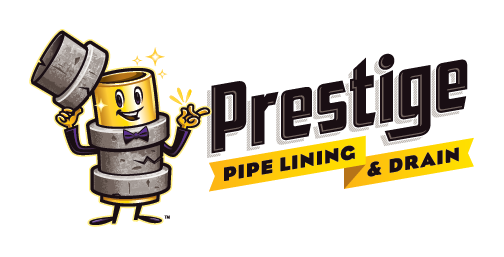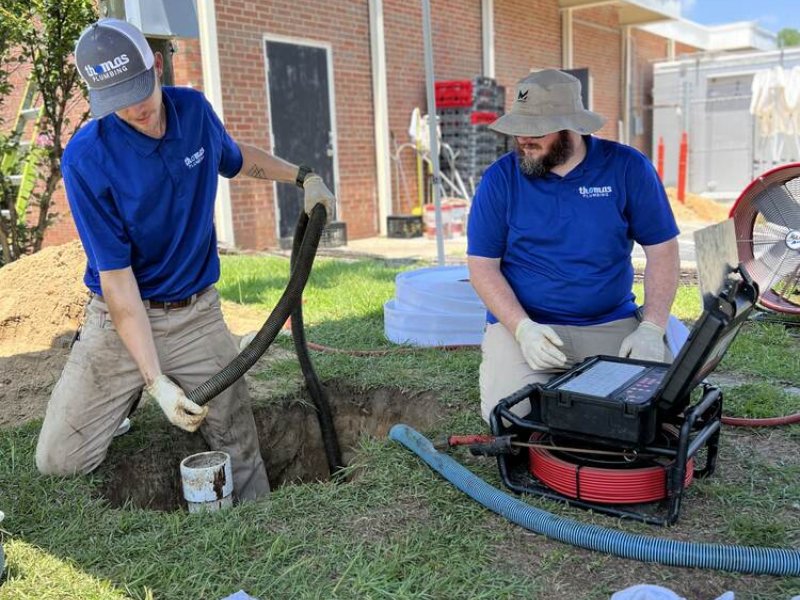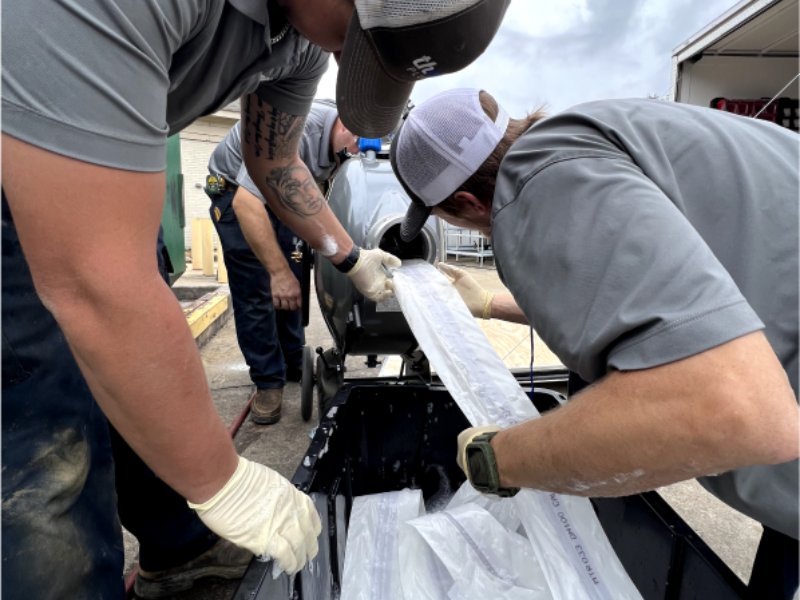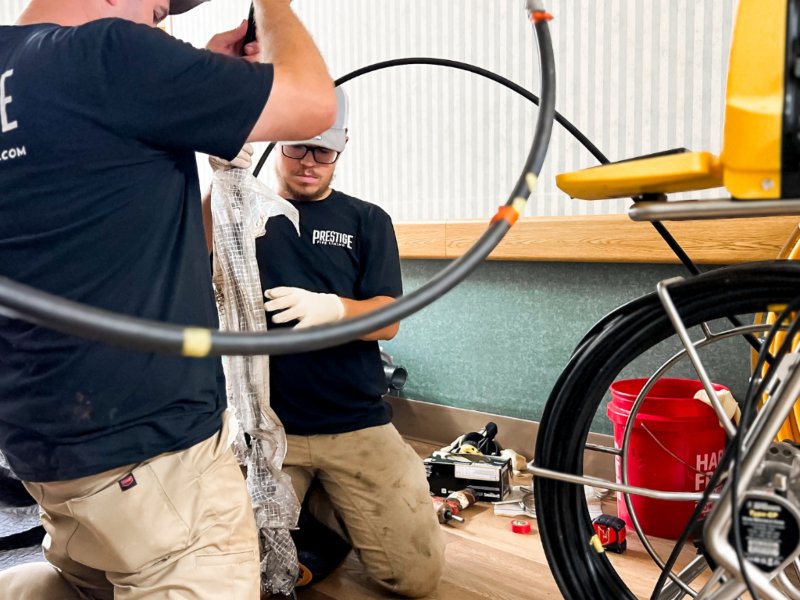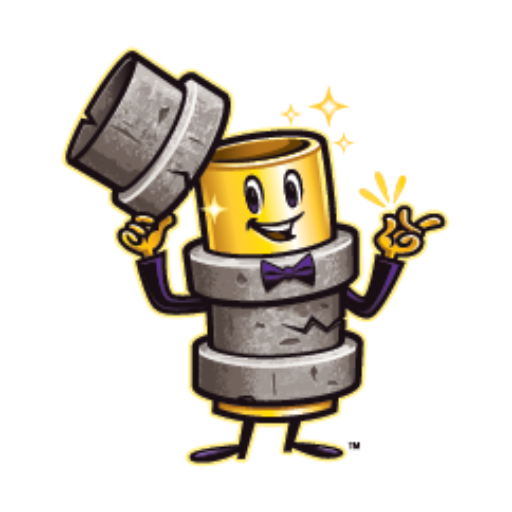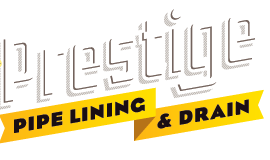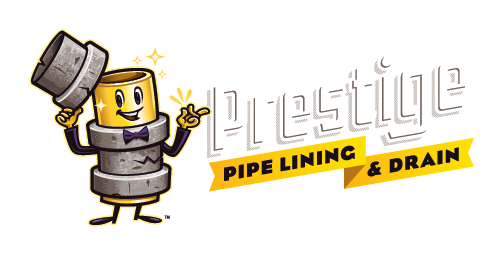Pipe lining is a modern, trenchless method of repairing damaged or deteriorating pipes without the need for traditional excavation and replacement. Instead of digging up pipes to replace them, pipe lining creates a new pipe within the existing structure. This innovative technology is often referred to as “cured-in-place pipe” (CIPP) lining. It’s becoming a popular solution for addressing issues such as leaks, cracks, root intrusions, and corrosion in plumbing systems.
The rising popularity of pipe lining stems from its ability to minimize disruptions to daily life and business operations. Unlike traditional methods, which involve extensive digging and replacing entire pipe sections, pipe lining allows for repairs with minimal impact on surrounding areas. Whether it’s a residential property, a commercial building, or a municipal infrastructure, pipe lining offers a quicker, cleaner, and more cost-effective solution.
The Pipe Lining Process: Step-by-Step Breakdown
The pipe lining process involves several critical steps to ensure a durable, long-lasting solution. Our friends at 128 Plumbing, Heating, Cooling, and Electric have provided us with a step-by-step breakdown of these steps:
Step 1: Inspection and Assessment The first step in the pipe lining process is conducting a thorough inspection of the damaged pipe. Technicians often use a specialized camera to assess the extent of the damage, identify leaks, cracks, or blockages, and determine if the pipe is a good candidate for lining.
Step 2: Cleaning the Pipe Once the inspection is complete, the damaged pipe must be thoroughly cleaned. This process typically involves using hydrojetting or other methods to remove debris, grease, scale, and any obstructions that could interfere with the lining process.
Step 3: Preparing the Liner After cleaning, the next step is preparing the pipe liner. A flexible tube made from felt or fiberglass is saturated with a special epoxy resin. This liner is then inserted into the damaged pipe using air or water pressure, ensuring it conforms to the existing pipe’s shape.
Step 4: Curing Once the liner is in place, it’s time for the curing process. The resin-saturated liner is either heat-cured or cured using UV light to harden it inside the old pipe. This process typically takes several hours, depending on the length and diameter of the pipe being repaired.
Step 5: Final Inspection After the liner has cured, creating a new, durable pipe within the existing structure, the final step is inspecting the work. Technicians use cameras to ensure that the newly lined pipe is free of defects and functioning as expected.
Materials Used in Pipe Lining
Pipe lining uses high-quality materials that ensure durability and longevity. The primary materials involved are epoxy and resin.
Epoxy Resin: This is the key material used in pipe lining. The resin is applied to the liner and, once cured, forms a strong, seamless inner coating that bonds to the existing pipe. Epoxy resin is highly resistant to corrosion, chemicals, and root intrusion, making it ideal for both residential and commercial applications.
Fiberglass or Felt Liners: These flexible tubes are used to carry the resin into the pipe and create the new, inner layer. The combination of the liner and the epoxy resin ensures that the repaired pipe will be strong, durable, and smooth.
The benefits of these materials include long-term durability, chemical resistance, and a smooth interior surface that promotes better water flow and prevents future blockages.
Applications: Residential, Commercial, and Municipal Uses
Pipe lining is versatile and can be used in a variety of settings:
- Residential: Homeowners often opt for pipe lining to repair aging plumbing systems, especially in older homes with corroded or leaking pipes. It can be used to fix issues with sewer lines, water lines, and even indoor pipes without the need to tear up walls or floors.
- Commercial: Businesses benefit from pipe lining because it allows for repairs with minimal disruption to operations. Whether it’s a restaurant dealing with grease buildup in sewer pipes or a hotel facing corroded plumbing, pipe lining offers a quick and effective solution.
- Municipal: Cities and municipalities use pipe lining for repairing aging sewer systems and water lines. The trenchless nature of the process means minimal traffic disruption and fewer complications when working around roads, sidewalks, and buildings.
Key Benefits of Pipe Lining
There are several key reasons why pipe lining is an attractive option for repairing damaged pipes:
- Cost-Effectiveness: Compared to traditional pipe replacement, which involves significant labor and excavation costs, pipe lining is much more affordable. The need for heavy machinery and long labor hours is significantly reduced, making it an economical option.
- Minimal Disruption: One of the most significant advantages of pipe lining is the minimal disruption it causes. There’s no need to dig up large sections of landscaping, roads, or flooring, making it an ideal solution for high-traffic areas or homes with beautiful landscaping.
- Long-Term Durability: Pipe lining creates a seamless, corrosion-resistant pipe within the existing structure. It’s designed to last for decades, providing a reliable, long-term solution to pipe damage.
When to Consider Pipe Lining
Knowing when to consider pipe lining can help you address plumbing issues before they become costly disasters. Here are some common signs that pipe lining may be necessary:
- Frequent Clogs or Backups: If your drains are constantly clogging or you experience regular backups, it could be a sign of deteriorating pipes.
- Slow Drains: Slow drainage is often a sign of pipe damage or buildup inside your plumbing.
- Water Leaks: If you notice unexplained water leaks, it could indicate cracks or breaks in your pipes that may require pipe lining.
- Sewer Odors: The smell of sewage around your property can be a clear sign that your sewer line is compromised.
- Tree Root Intrusions: Roots can penetrate pipes over time, causing blockages and damage. Pipe lining offers an effective way to repair these issues without removing the entire pipe.
Conclusion
Pipe lining is an innovative, trenchless solution that is quickly gaining popularity for its effectiveness and convenience. With its ability to repair damaged pipes without the need for costly excavation, pipe lining offers a cost-effective, minimally disruptive, and long-lasting solution for residential, commercial, and municipal plumbing systems. Whether you’re facing frequent clogs, leaks, or aging infrastructure, pipe lining provides a modern solution to restoring your plumbing with minimal hassle.
